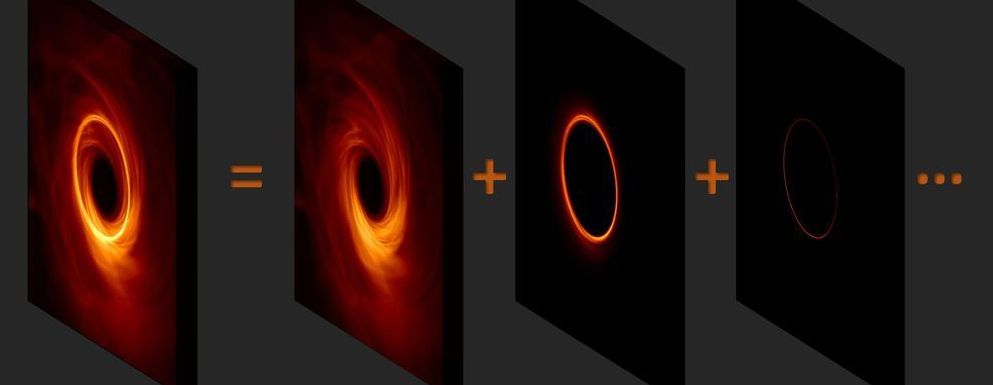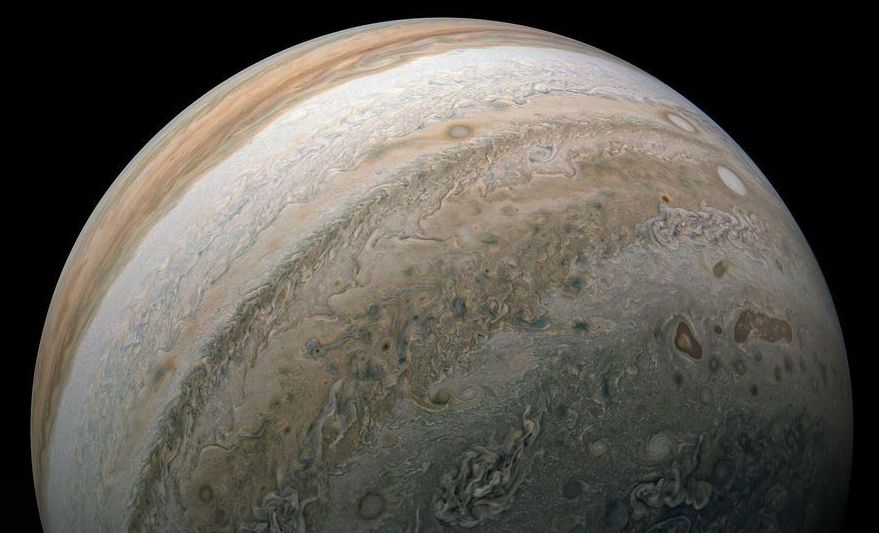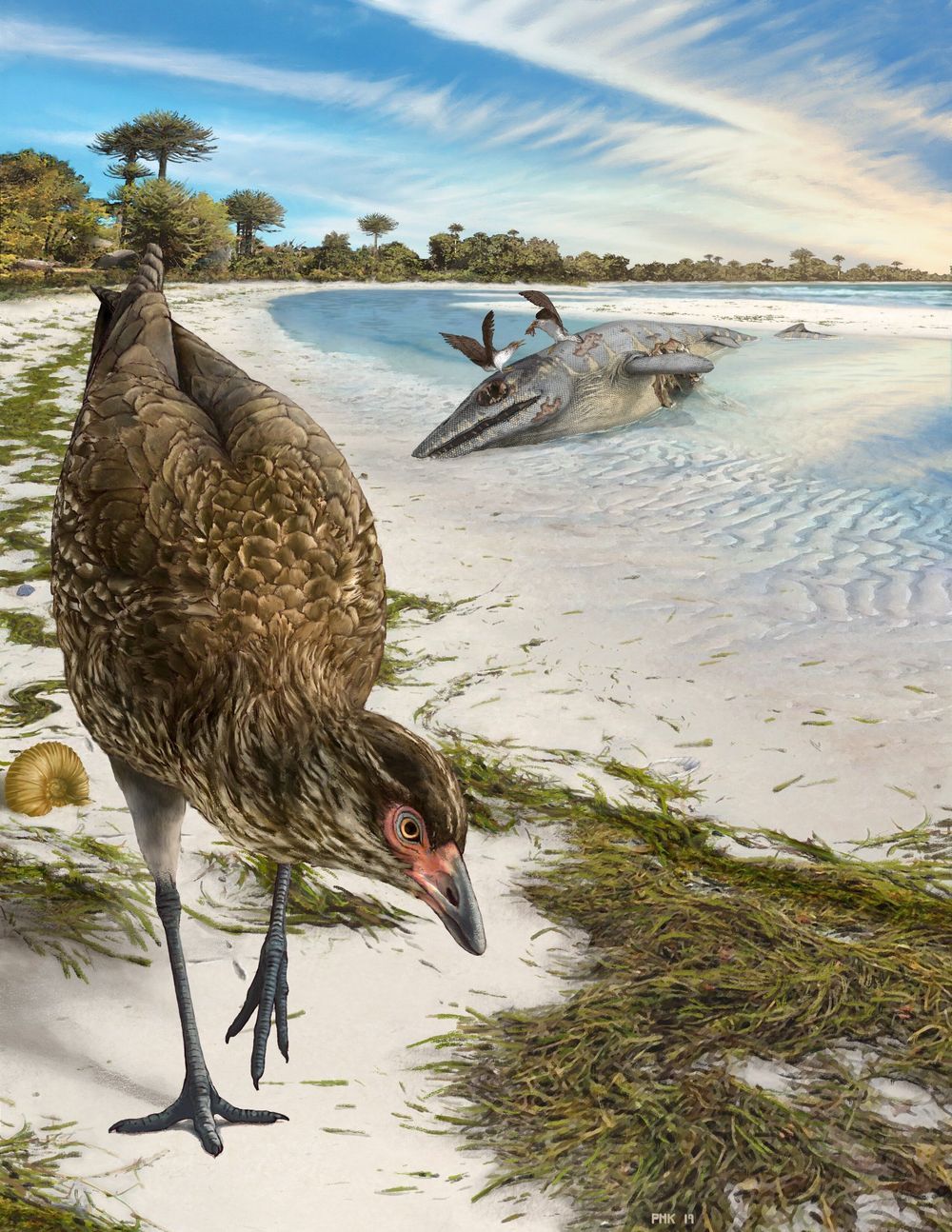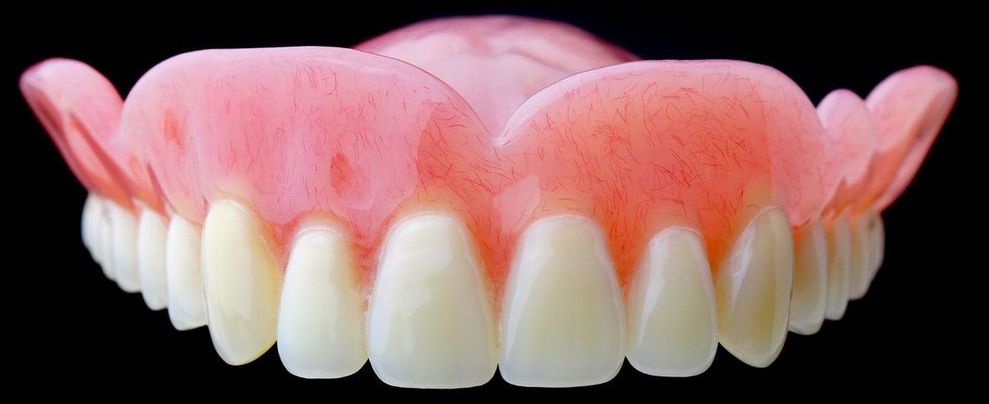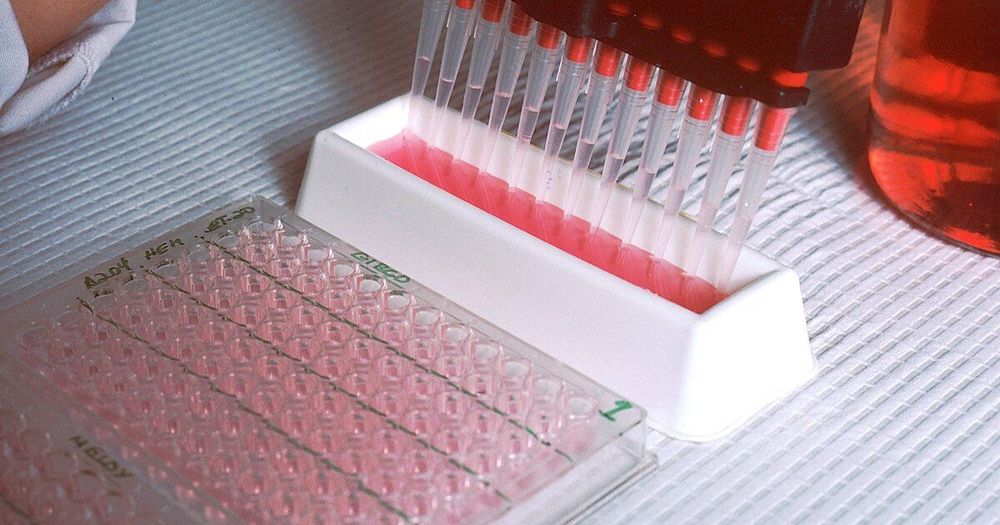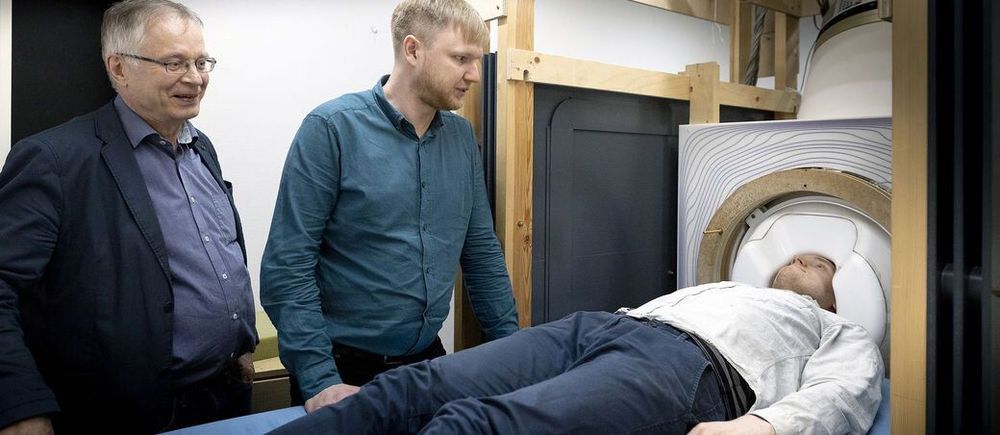Mar 18, 2020
Research team discovers path to razor-sharp black hole images
Posted by Quinn Sena in category: cosmology
Last April, the Event Horizon Telescope (EHT) sparked international excitement when it unveiled the first image of a black hole. Today, a team of researchers have published new calculations that predict a striking and intricate substructure within black hole images from extreme gravitational light bending.
“The image of a black hole actually contains a nested series of rings,” explains Michael Johnson of the Center for Astrophysics, Harvard and Smithsonian (CfA). “Each successive ring has about the same diameter but becomes increasingly sharper because its light orbited the black hole more times before reaching the observer. With the current EHT image, we’ve caught just a glimpse of the full complexity that should emerge in the image of any black hole.”
Because black holes trap any photons that cross their event horizon, they cast a shadow on their bright surrounding emission from hot infalling gas. A “photon ring” encircles this shadow, produced from light that is concentrated by the strong gravity near the black hole. This photon ring carries the fingerprint of the black hole—its size and shape encode the mass and rotation or “spin” of the black hole. With the EHT images, black hole researchers have a new tool to study these extraordinary objects.
